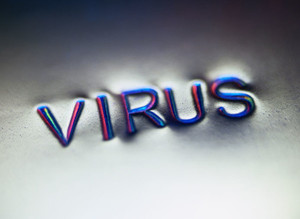How will FDA chose to name biosimilars? The answer it appears is not simple and could greatly affect the marketing costs associated with these products [1].
Controversial nomenclature for new biosimilars
Biosimilars/Research
|
Posted 02/09/2011
 0
Post your comment
0
Post your comment

The legal pathway in the US for the approval of biosimilars was put into place with the signing of the Biologics Price Competition and Innovation Act on 23 March 2010 by President Barack Obama. FDA, however, has yet to disclose how it will implement biosimilar approvals. Factors to take into consideration include not only the type and number of clinical trials and what data is required, but also the names to be officially designated and allowed for product labelling, inserts, and marketing.
Some of the problems identified include the following:
- whether to assign unique, similar or generic names to biosimilars
- whether and how biosimilarity relationships, structures, product classes and other information should be reflected in biosimilar names
- whether there should be any system and predictability to biosimilar names
The problem is that, unlike small molecule generics, biosimilars are complex. Their manufacture invariably leads to products being unique and largely defined by their processing.
Since generic drugs are generally presumed to be identical to their reference products they receive the same generic names based on their active ingredients. Due to their inherent differences, this is unlikely to be the case for biosimilars.
Unique, dissimilar names would help prevent prescription mix-ups and facilitate reporting and tracking of adverse events. Whereas using identical or similar names may contribute to prescription mix-ups and complicate post-marketing surveillance, but on the other hand would make data retrieval simpler and allow cost-saving substitution to be carried out more easily.
How FDA designates names for biosimilars will directly affect their marketing costs. Generic names greatly facilitate biosimilar marketing – which in the extreme may not involve any marketing at all, as is the case with most generic drugs. Non-identical, unique names force biosimilars to be marketed like branded products, with all the costs associated with such marketing activities, such as establishing brand identity and increase penetration of product sales.
No one knows how to classify, identify or name biopharmaceutical products, including biosimilars. Since the US biopharmaceutical industry lacks its own trade association(s) one proposal is for a ‘US Biopharmacopeia’ to be established as a way for industry to get involved and help resolve biosimilar and broader biopharmaceutical nomenclature issues.
Related article
Reference
1. Rader RA. Nomenclature of new biosimilars will be highly controversial. BioProcess International. 2011;9(6):26-33.
General
Samsung Bioepis wins Pyzchiva case; Regeneron patent rulings threaten foreign biosimilars
Chinese biosimilars go global: growth, partnerships, and challenges
What is the future for the US biosimilar interchangeability designation

Biosimilars/Research Posted 05/06/2025
Biosimilar clinical efficacy studies: are they still necessary?

Biosimilars/Research Posted 27/05/2025
The best selling biotechnology drugs of 2008: the next biosimilars targets








Post your comment